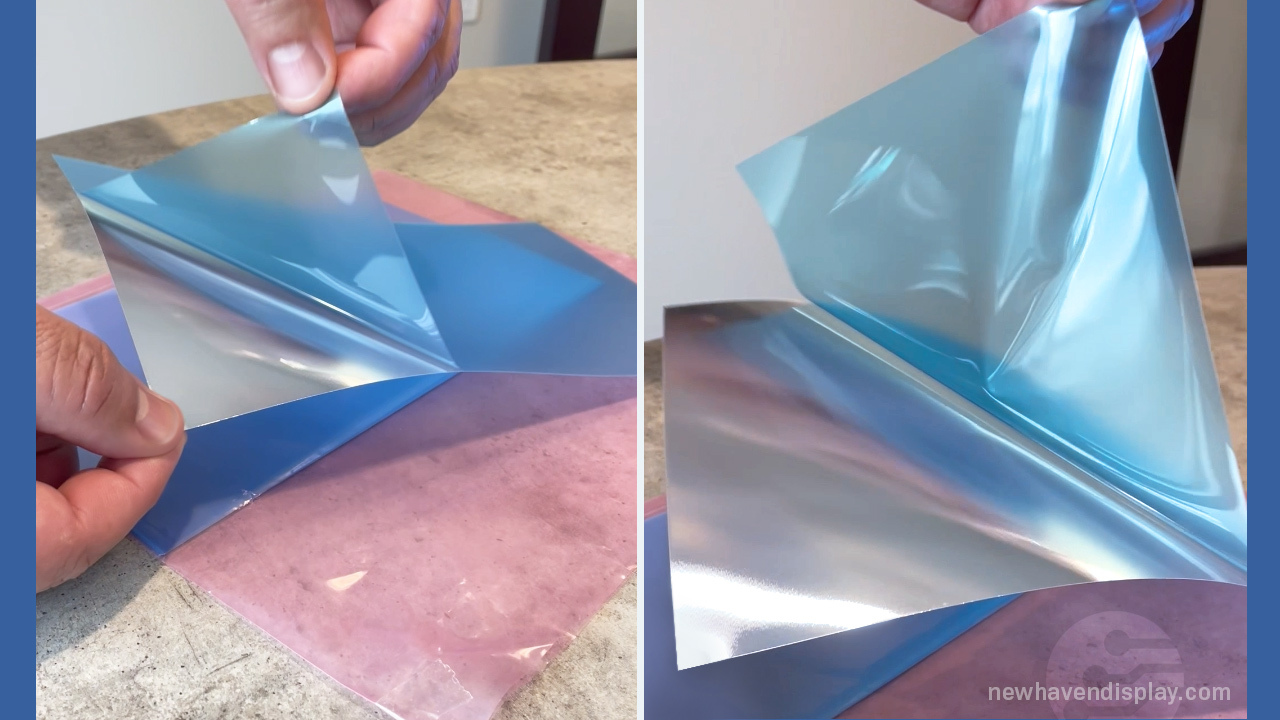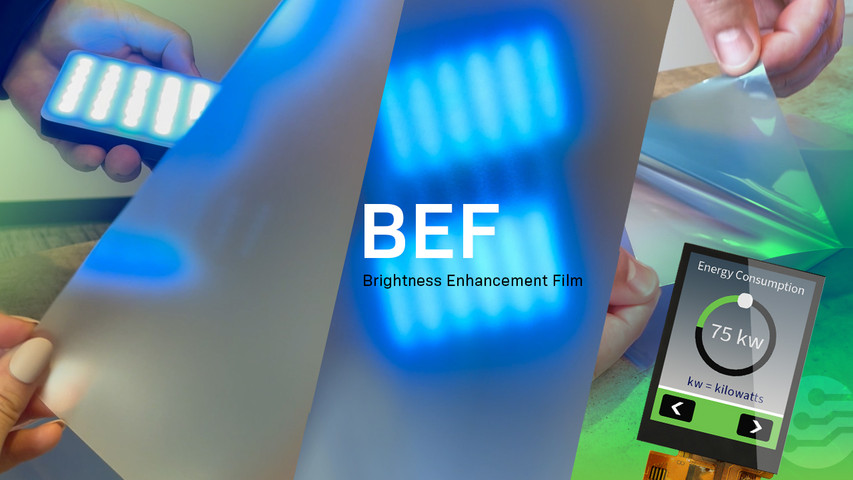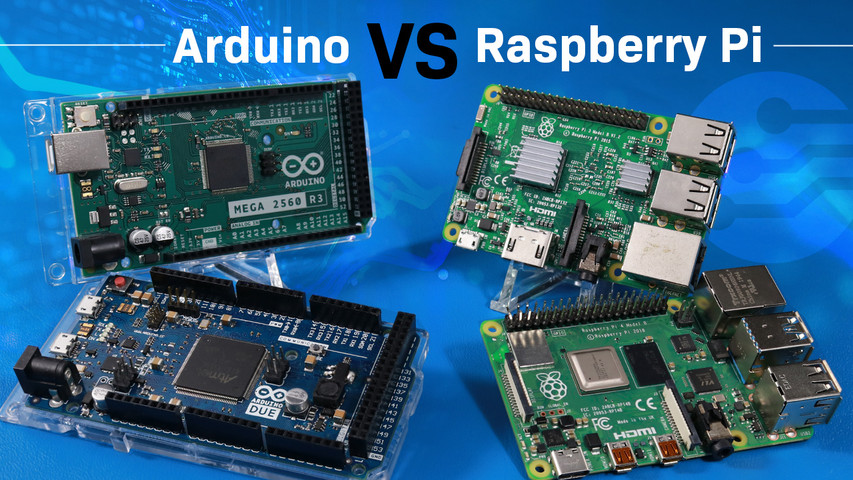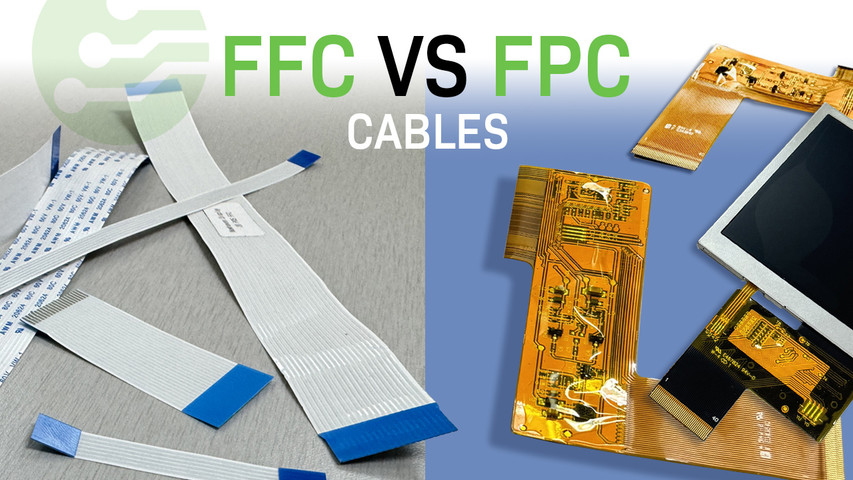Brightness Enhancement Film (BEF)
Over the years, display manufacturers have been developing new technologies to improve image quality and brightness while trying to keep costs low. Brightness-enhancing films have been developed to meet this challenge by improving backlighting on LCD screens.
All About Brightness Enhancement Films:
What is a Brightness Enhancement Film?
A Brightness Enhancement Film (BEF) is an optical transparent film used in LCDs and TFTs to increase the efficiency and brightness of the backlight system. The BEF redirects the light from the display's backlight toward the viewer, which makes the screen appear brighter without using additional power.
Brightness enhancement films optimize backlight efficiency, which significantly enhances the contrast and sharpness of the display, providing a more vivid viewing experience, and because it does all this without the need for extra power, it leads to the development of thinner, more energy-efficient LCD panels.

Related: Understanding Display Brightness - Nits vs Lumens vs Luminance
How Does Brightness Enhancement Film Work?
Brightness-enhancing films work by manipulating light to improve the perceived brightness of the display without increasing power consumption of the backlight. BEFs have these tiny, precisely engineered prism structures or shapes, microscopically etched onto the surface of the film. These prism patterns manipulate the path and distribution of light, guiding it in specific directions and spreading it more evenly, resulting in more LCD brightness.
BEF utilizes both refraction and reflection to improve backlight brightness intensity:
- Refraction: Refracts light within the desired viewing cone (up to 35° off-axis) towards the viewer's eyes, maximizing brightness.
- Reflection: Reflects light outside the viewing cone back into the backlight cavity, effectively "recycling" it and further increasing brightness.

How much increase in screen brightness can BEFs produce?
A single sheet of brightness-enhancing film has the ability to increase the brightness of a screen by up to 60%. Dual Brightness Enhancement Films (DBEFs) consist of two BEFs stacked at a 90-degree angle from each other and can increase brightness by up to 120%. The best part is that this can be achieved without consuming any additional power.
Structure of Brightness Enhancing Films
Brightness enhancing films (BEFs) consist of multiple layers, typically between 2 to 4, made from various materials, each serving a specific purpose. A common BEF structure consists of:
- Base layer: This is a thin, transparent film made from a material like polycarbonate or polyester. It provides support and stability for the other layers.
- Reflective layer: This layer is most commonly used in Dual Brightness Enhancement Films (DBEFs), which is responsible for reflecting light. This layer can be made from materials such as metal or metal oxide.
- Prismatic layer: This is the core layer responsible for redirecting light to the viewer, usually made from a photopolymerized material with prism-shaped microstructures.
- Surface Coating: This layer, usually made of acrylic resins or epoxy acrylates, protects the film and improves its light-directing properties.
While these are some of the most common components, additional layers may be included like adhesive layers for attaching the film to the display or optical layers to further improve the light output.
Learn more: Types of LCDs
Types of Brightness Enhancement Films
Display manufacturers often use a combination of one or more of the following films to increase brightness:
- Prismatic or Micro-structured BEFs: These use a micro-structured prismatic surface to redirect light toward the viewer, improving brightness.
- Dual Brightness Enhancement Films (DBEFs): These types of films have a distinct multilayer structure, including a central reflective polarizer layer. This layer not only redirects light to the viewer but also recycles light that would typically be absorbed by the bottom polarizer.
- Reflective Polarizer Films: They reflect and recycle the polarized light that would otherwise be absorbed by the display, improving efficiency.
- Diffuser Films: While they don't directly increase brightness, they spread light more evenly across the display, which can enhance perceived brightness.
Brightness Enhancement Film vs Light Diffuser
Brightness enhancement film and light diffuser are two technologies used in displays, but they serve different purposes. The main goal of BEFs is to enhance the on-axis brightness of the display, making it appear brighter and more vivid to the viewer standing directly in front of it. On the other hand, the primary goal of a light diffuser is to spread the backlight uniformly across the display panel, improving the evenness of light distribution, enhancing the viewing angle performance, and overall visual comfort.

Learn more: All About Optical Bonding
Benefits of Brightness Enhancing Films
Brightness-enhancing films contribute to the efficiency, performance, and user experience of modern digital displays. Here are some of the benefits of BEFs:
- Increased brightness: BEFs increase the luminance of the display by reflecting and directing the light that would otherwise be wasted. This results in a brighter display without requiring additional power for the backlight.
- Improved energy efficiency: By maximizing the use of light from the backlight, BEFs help reduce the power consumption of the display. This is particularly beneficial for battery-powered devices, as it leads to longer battery life.
- Better contrast ratio: Brightness enhancing films can improve the contrast ratio of displays by directing light more efficiently. This results in deeper blacks and more vibrant colors.
- Cost-effectiveness: By improving light efficiency, BEFs can use less powerful backlights, which can reduce the cost of the display.
- Improved visibility in bright environments: In environments with high ambient light, such as outdoors or brightly lit rooms, BEFs can significantly improve the readability of displays.
- Reduced glare: Some brightness enhancing films are designed to reduce glare, which not only improves visibility in bright conditions but also reduces eye strain for users.
- Thin and lightweight: BEFs are typically thin and light, adding minimal bulk to display devices. This is particularly advantageous for portable and handheld devices where space and weight are critical factors.
- Versatility and compatibility: Brightness enhancing films can be used in different display technologies and sizes, making them versatile components in the display industry.
We incorporate 3M dual brightness enhancement films in many of our displays for improved visibility and brightness. Check the datasheet for each specific product to learn more, or contact our team to start developing your custom display solution today!
Conclusion
Brightness enhancement films offer a simple yet effective solution to enhance the brightness, contrast, and overall visual quality of LCD panels without increasing power consumption. The integration of BEFs in LCDs achieves better performance and sustainability in displays, benefiting both manufacturers and consumers by offering brighter, more energy-efficient screens without compromising on design or cost.
Latest Blog Posts
-
Arduino vs Raspberry Pi: Key Features and Differences
If you're working on an electronics project—whether it's for a DIY automated device, a digital si …Sep 4th 2024 -
FFC vs FPC: Understanding Flexible Cable Technologies
Flat Flexible Cables (FFCs) and Flexible Printed Circuits (FPCs) are two types of flexible cab …Aug 2nd 2024 -
US2066 Tutorial: Character OLED with Arduino
If you are interested in getting started with character OLED displays using the US2066 controller …Jul 30th 2024





